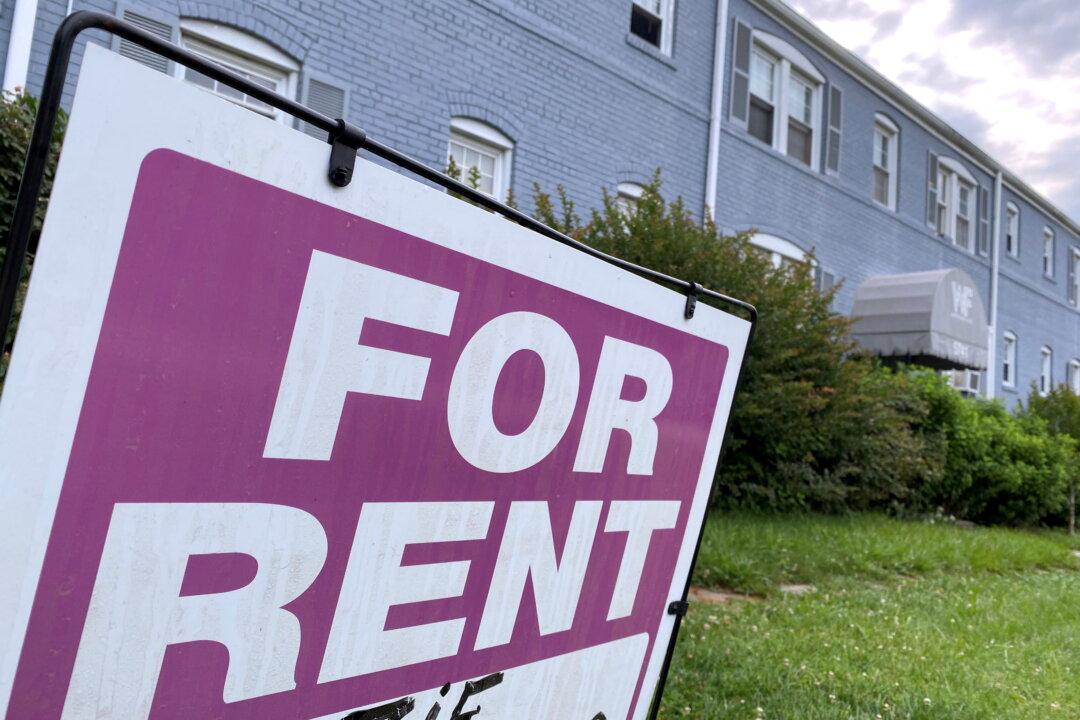September saw another monthly boost in the amount of emergency rental aid paid out to tenants under the federal rental assistance scheme, which despite efforts to pick up the pace of disbursement has so far managed to spend around a quarter of available funds to stave off evictions, according to the Treasury Department.
The department said in an Oct. 25 statement that more than $2.8 billion in rental aid was paid out to more than 510,000 households nationwide last month, an increase from the $2.3 billion that reached 459,000 households in August.





